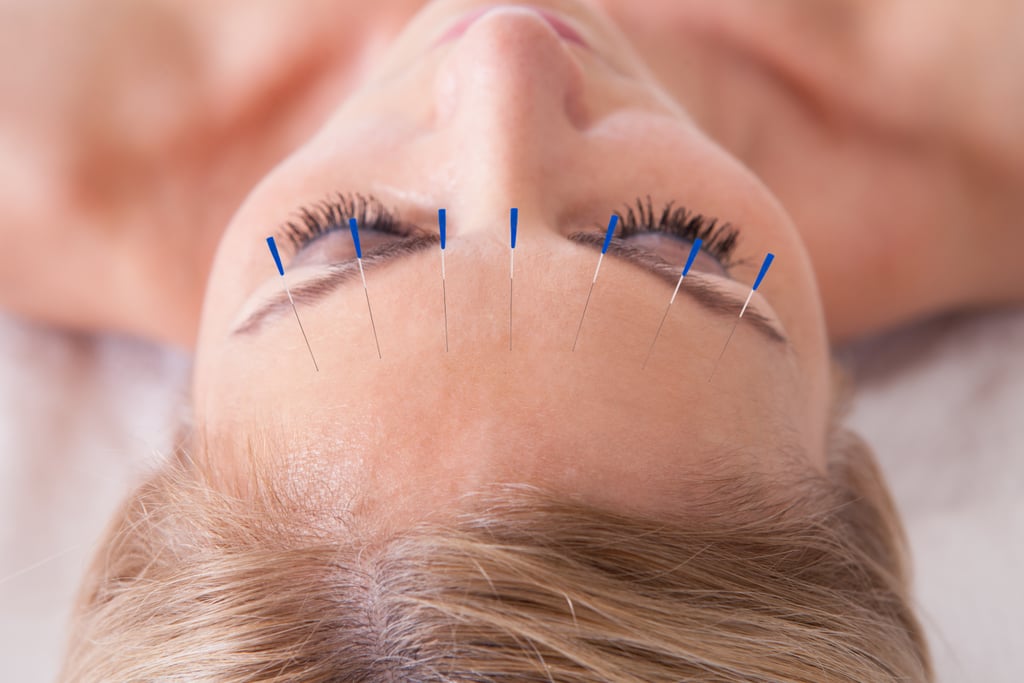Around 52.5 million people in the US are living with some form of arthritis. But a new study suggests that for people with two of the most common forms - osteoarthritis and rheumatoid arthritis - yoga may improve symptoms.
![[Women doing yoga]](https://cdn1.medicalnewstoday.com/content/images/articles/299/299590/women-doing-yoga.jpg)
Study co-author Susan J. Bartlett, PhD, adjunct associate professor of medicine at Johns Hopkins University School of Medicine in Baltimore, MD, and associate professor at McGill University in Canada, and colleagues publish their findings in the Journal of Rheumatology.
Yoga is a mind and body practice that incorporates a combination of controlled breathing, stretching exercises and meditation or relaxation.
As well as helping to reduce anxiety and stress, yoga has been associated with numerous health benefits. Last year, Medical News Today reported on a study suggesting that performing a single yoga pose for 90 seconds daily could improve spine curvature for people with scoliosis, while another study found the practice may improve quality of life for patients with breast cancer.
Bartlett notes that yoga is becoming increasingly common as a complementary therapy for a number of medical conditions, with around 1 in 10 people in the US now engaging in the practice to improve their health and fitness. But can yoga help people with arthritis?
The importance of physical activity for arthritis patients
Arthritis affects around 1 in 5 adults in the US, most of whom are under the age of 65. Characterized by pain and stiffness in and around the joints and other connective tissue, arthritis is the leading cause of disability, with around 22.7 million Americans reporting activity limitations as a result of the condition.
While there is no cure for arthritis, physical activity is considered one of the best ways to alleviate symptoms. The Centers for Disease Control and Prevention (CDC) recommend that people with arthritis engage in at least 75 minutes of vigorous-intensity aerobic activity or 150 minutes of moderate-intensity aerobic activity each week.
However, Bartlett and colleagues note that up to 90% of people with arthritis fail to meet these recommendations, possibly due to the pain and stiffness the condition causes or because they are unsure what forms of physical activity are best for them.
"Yoga may be especially well suited to people with arthritis because it combines physical activity with potent stress management and relaxation techniques," says Bartlett, "and focuses on respecting limitations that can change from day to day."
Yoga improved physical and mental wellbeing by 20%
To gain a better understanding of how yoga may help people with arthritis, the team enrolled 75 sedentary adults aged 18 and older who had either knee osteoarthritis or rheumatoid arthritis.
Some of the participants were randomly assigned to take part in twice-weekly 60-minute Hatha yoga sessions for a period of 8 weeks, alongside a home-based practice session once a week. The remaining participants were allocated to a waitlist.
- Around 9.5% of American adults use yoga
- Hatha yoga is the most common form of yoga practiced in the US and Europe
- It is not only adults who use yoga; the practice is used by around 3.1% of children in the US.
The researchers stress that the poses incorporated in each yoga session were tailored to each individual's needs, noting that it was unclear how yoga may impact the vulnerable joints of patients with arthritis.
"Our first step was to ensure that yoga was a reasonable and safe option for people with arthritis. Our instructors were experienced yoga therapists with additional training to modify poses to accommodate individual abilities," says study co-author Dr. Clifton O. Bingham III, associate professor of medicine at Johns Hopkins and director of the Johns Hopkins Arthritis Center.
All participants were also screened by their health care providers prior to taking part in the study, and they continued taking their regular arthritis medication throughout.
Participants' physical and mental wellbeing were assessed during the study period. The team notes that this was done by researchers who did not know which group each subject had been assigned to. Outcomes for yoga participants were also assessed 9 months after.
The researchers found that participants who took part in yoga reported a 20% improvement in pain, energy levels and mood, compared with participants on a waitlist. They also experienced a 20% improvement in physical function, such as the ability to perform day-to-day tasks at home and at work. What is more, these improvements remained evident 9 months later.
Yoga participants also reported improvements in walking speed, though this was to a lesser extent.
Based on their findings, the team concludes:
Preliminary evidence suggests yoga may help sedentary individuals with arthritis safely increase physical activity, and improve physical and psychological health and HRQOL [health-related quality of life]."
The researchers suggest that arthritis patients looking to take up yoga should consult with their doctor first and highlight which joints are of concern and how yoga poses can be modified to ensure the practice is safe.
And when it comes to finding a yoga instructor: "Find a teacher who asks the right questions about limitations and works closely with you as an individual," advises Bingham. "Start with gentle yoga classes. Practice acceptance of where you are and what your body can do on any given day."
Original article and pictures take cdn1.medicalnewstoday.com site





